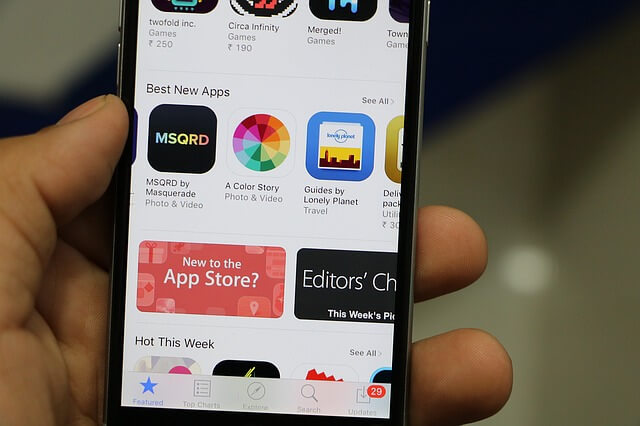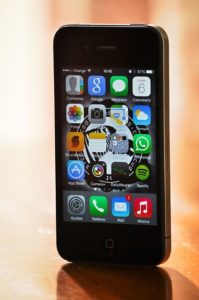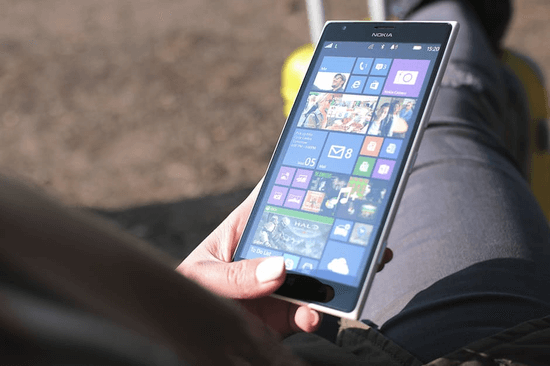Developing a mobile app is a great way of making money, and it’s a very cheap idea too.
If this interests you, then take a look at the few steps you must take to maximise your profits:
#Step 1: Create a Mobile App People Want to Download
The first step is simple and yet possibly the hardest step of all. Not only do you need to create an app, but you must also create one that people actually want to download. It can’t just be any old thing, it must serve a purpose.
When it comes to mobile apps, there are probably three main categories you should consider;
- Useful
- Entertainment
- Information
A useful mobile app refers to something people can download and use to help them with something. For example, apps that have a list of fast food restaurants that you can order from on your phone are useful.
Or, an app that shows you a map with loads of tourist information and hot spots is useful.
Earn Extra Money Using These Exciting Smartphone Apps
People want to download these kinds of apps as they gain something from them, it helps the user, and they’re more than happy to have the apps on their mobile device
Entertainment apps are any apps that provide the user with some level of entertainment. The easiest example of this is a mobile game.
People download mobile games and play them for hours on end, they’re very entertaining.
Another example is an app where people can stream videos, or listen to music, or read a collection of their favourite blogs.
Entertainment apps are popular because people like to be entertained.
Finally, information apps are any apps that provide info to users. The best example of this are apps that provide news.
There are general news apps, then ones that only provide news on a specific subject. These are popular as people like hearing about what’s going on.
So, before you start getting ahead of yourself, come up with an idea for an app that people will want to download.
There are thousands of mobile app development ideas out there, do your research and ensure your idea will work before you begin developing it. If no one wants to download your app, then you will never make any money from it.

#Step 2: Mobile App Platforms
The second step is almost merged in with the first step as you will have to consider this while developing your app.
Basically, we all know that there are different app markets out there; The App Store, Google Play, etc. This is because apps are developed for different mobile operating systems.
As such, an iPhone app can’t be downloaded onto an Android phone, unless there’s an Android version.
Consequently, if you want to maximise your profits, you should develop your app across multiple platforms. This means more people have the chance to download it, meaning you can make more money.
The great thing is, you can always develop an app for a different platform down the line. So, you could save time and effort by developing it for one platform, then see how successful it is before moving onto other platforms.
#Step 3: Generating Revenue
Pricing
Mobile App pricing is always a key factor in determining how much money you’ll make. Generally speaking, people prefer it when apps are free.
It’s not rocket science, if you offer something to someone for free, they’ll gladly take it.
So, allowing your mobile app to be downloadable for free can actually be a great idea. Why? Because it immediately attracts people’s attention as they don’t have to pay a penny.
On the other hand, if your app costs money, then you’ll earn revenue every time someone buys it. Plus, apps tend to be very cheap anyway, it’s rare you’ll find one for more than a fiver.
So, people are more inclined to pay for things when it’s cheap. However, they’ll definitely be more engaged by your mobile app if it’s free.
Advertising

In truth, earning revenue, all comes down to advertising. The beauty of mobile apps is that you can have adverts on them and get paid for each ad. This is where it makes sense to offer your app for free.
Although you don’t earn money when someone downloads it, you do earn money when they use the app because of the adverts.
So many popular mobile apps earn a fortune through ad revenue, and they’re completely free to download.
However, if your app costs money to download, then it shouldn’t come with adverts.
Generally, the rule is that if you pay for an app, you get the benefit of not having to deal with intrusive adverts.
So, if you charge people for your app and still run ads, that’s a surefire way of getting bad reviews.
The Ultimate Revenue Solution
So, you may be wondering which option you should go with;
Free app and ads?
Or
Charge people but no ads?
As luck would have it, your choice is about to be made much easier as there is a solution that combines the best of both worlds.
If you want to make as much money as possible, you need to offer two different pricing options for your app.
You offer a free app with adverts, and a paid app without them.
People can download the free app and then have the option to pay to remove the adverts and possibly unlock additional features too. This is brilliant as you give consumers a choice, and can still earn money both ways.

#Step 4: Positive Reviews
No matter how good you think your mobile app is, you will only make money if lots of people download it.
The secret is ensuring as many people know about your app as possible and understand how good it is.
Also Read – How to Optimize Your Site for Google Mobile-First Index
The best way to do this is via positive reviews. Encourage users to leave reviews of your app to tell others how great it is.
As a result, more people read the reviews and see your five-star rating, and are inclined to download your app. So, the revenue you make will go up and up and up!
To Sum Up
Follow all of these steps and you will soon have a mobile app that makes loads of money.
Developing a mobile app is a great business idea but it can also be a great idea for businesses to consider for extra revenue too.

following sentence:
“The weather forecast predicts heavy rain for the next three days.”
The weather forecast is calling for heavy rain over the next three days.

